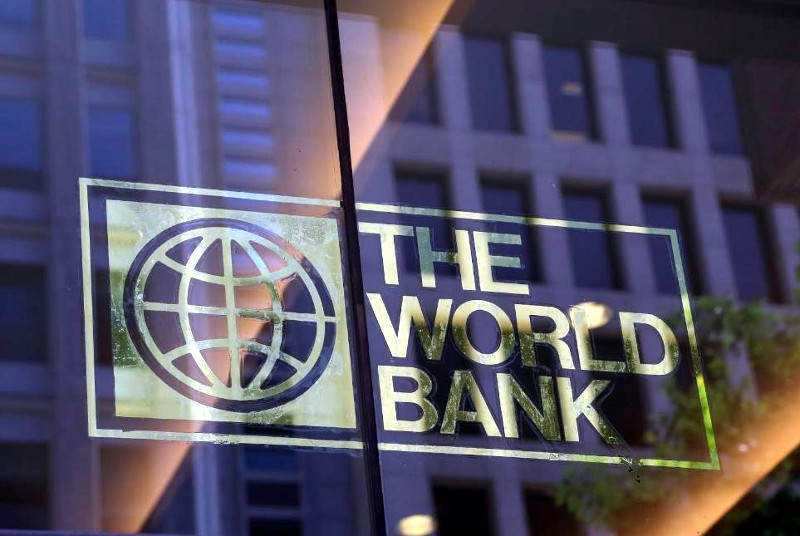The World Bank has classified Zimbabwe as a lower-middle-income country for the current 2023 fiscal year.
The Bank categorises the world’s economies into four income groups, these are:
i). low,
ii). lower-middle,
iii). upper-middle, and
iv). high income.
The classifications are updated each year on July 1 and are based on the gross national income (GNI) per capita of the previous year (2021).
Gross National Income (GNI) is the total amount of money earned by a nation’s people and businesses. It is used to measure and track a nation’s wealth from year to year.
For the current 2023 fiscal year, low-income economies are defined as those with a GNI per capita, calculated using the World Bank Atlas method, of $1,085 or less in 2021; lower-middle-income economies are those with a GNI per capita between $1,086 and $4,255; upper-middle-income economies are those with a GNI per capita between $4,256 and $13,205; high-income economies are those with a GNI per capita of $13,205 or more.
The government of Zimbabwe aims to transform the southern African country into an upper-middle-income economy by 2030, a target which some observers say is likely to be missed if the economy continues to perform dismally as it has been in the past two years.



What will happen at pay-back time? Scary.